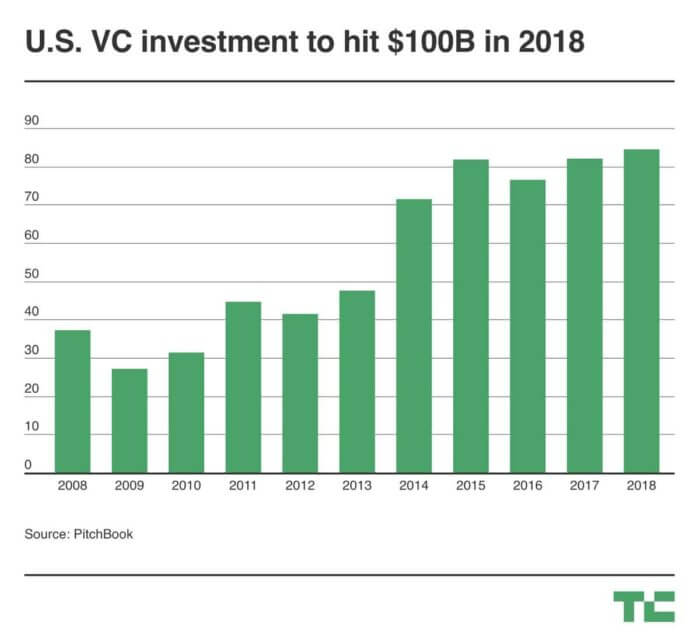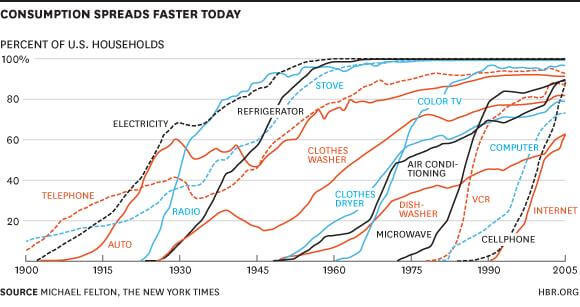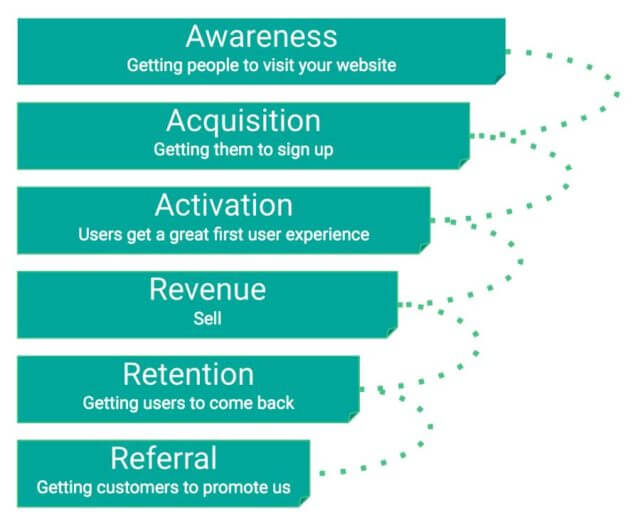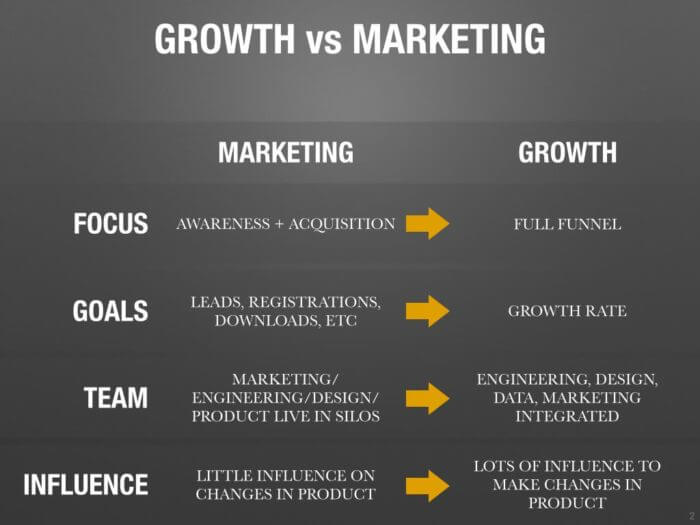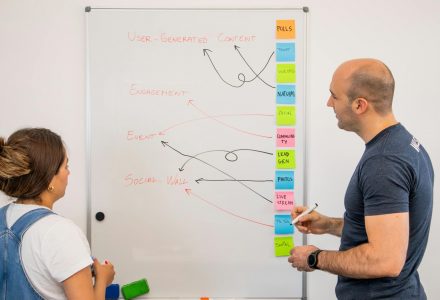Is it an increase in clients? Is it new users or is it higher retention?
Who’s responsible for this growth? The CEO? CTO? Marketing? Product?
And why do only a small subset of companies experience significant growth?
By November 2012 Airbnb had over 10 million bookings and had started their international expansion.
Well, there you have it!
The new growth formula…
Does it seem unpromising? That’s because it was!
Say, what?
I believe the answer lies somewhere in a sustainable process whose underlying principles have stood the test of time.
In my experience, rarely does anyone start out with the magic bullet. You have to put yourself out there, don’t assume anything, start from the very beginning, and approach everything with a long-term perspective. You might fail. In fact, you likely will fail. I’ve failed. Realize, everybody fails though. The difference is how you see it. It’s, in fact, a good thing. If the definition of insanity is doing the same thing over and over but expecting different results — then make sure you’re taking action in a measurable way.
If you can measure it and make adjustments, you’re not failing — no matter the outcome of the experiment. That’s how you make real progress.
We’re seeing an explosion of companies looking for these skills. New roles such as VP of Growth, Growth Hacker, Growth Architect, and Head of Growth are becoming prevalent. You’ve probably noticed the plethora of ‘growth’ buzzwords being used and I wouldn’t be surprised if it’s a little confusing (or annoying). But let’s ignore the terminology for a moment and recognize what the most innovative companies are doing…because we’re in new territory.
- Increasing venture capital investment
- Software bleeding into every function of a company
- Ease of access to data
- Billions of users across platforms (Facebook, LinkedIn, iOS, Android, etc.)
“It took decades for the telephone to reach 50% of households, beginning before 1900. It took five years or less for cell phones to accomplish the same penetration in 1990.” — The Pace of Technology Adoption is Speeding Up, Rita McGrath
“Growth is the scientific method applied to kpi’s.”
- Develop a hypothesis based on customer psychology and any existing data you have
- Build and execute on the ideas you’ve targeted
- Track the success of your test
- Learn and iterate to improve the next set of testa
The whole objective is to find the truth, not what you think is the truth. It’s also quite possible you’re making subconscious assumptions and therefore setting up the wrong tests.
- Awareness
- Acquisition
- Activation
- Retention
- Referral
To summarize Brian Balfour, the former VP of Growth at Hubspot, the goal is to figure out how all of these layers interact and which levers most impact the growth rate.
The new growth formula requires a blend of engineering, data science, technical marketing, and design. By blending together the capabilities of an engineer, data analyst, marketer, and designer, you’re able to get results faster, cheaper, and more accurately. These skills work together to create a multiplier force on company growth. The specifics might be different based on your problem but the principles around experimentation don’t change.
“Growth hackers are a hybrid of marketer and coder.”
With respect,
Navi

